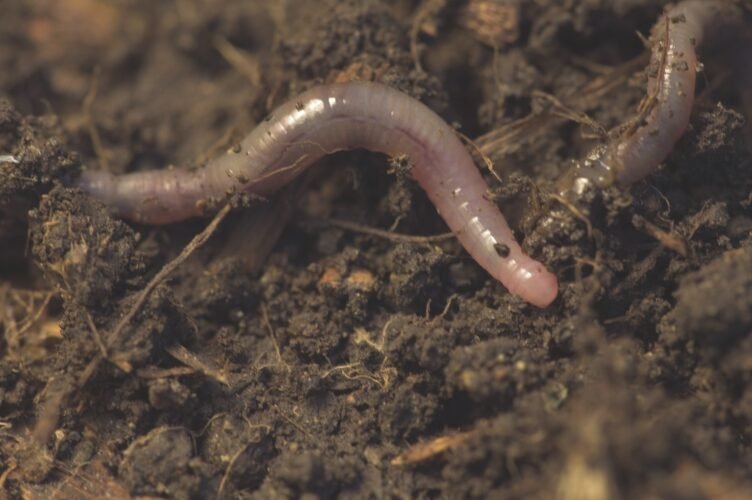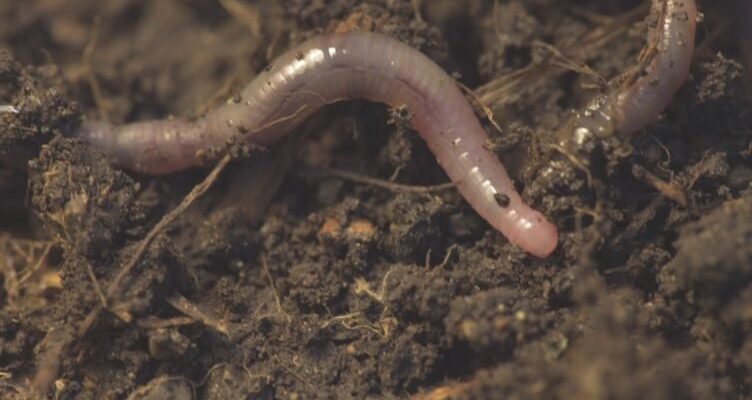
So, how do these little wrigglers make such a big difference? Well, they’re pretty fascinating creatures. Earthworms break down organic matter, aerate the soil, and improve nutrient availability for plants. When you introduce them to depleted soils, you’re effectively giving nature a helping hand. It’s like adding a secret ingredient to your favorite recipe; suddenly, everything tastes better. Let’s explore how earthworms can turn tired soil into a thriving ecosystem.
Why Soil Becomes Depleted
Understanding why soil depletion happens is the first step in appreciating the role of earthworms. All soils contain nutrients that plants need to grow, but over time, these nutrients can be washed away, depleted through plant use, or lost due to erosion. Imagine a sponge that’s been squeezed too many times—it simply can’t hold any more water.
Several factors contribute to soil depletion:
- Over-farming: Continually planting the same crops can strip the soil of essential nutrients.
- Pesticides and Herbicides: Overuse can kill beneficial microbes and insects in the soil.
- Soil Erosion: Wind and water can wash away the topsoil, which is the most nutrient-rich layer.
- Climate Change: Extremes in weather can lead to rapid soil degradation.
When soil loses its nutrients, plants struggle to grow, and the ecosystem suffers. It’s like running on empty; without the right fuel, everything slows down.
The Role of Earthworms in Soil Health
Earthworms are nature’s unsung heroes when it comes to soil rehabilitation. Think of them as little bulldozers, working tirelessly beneath the surface. As they tunnel through the earth, they create channels that not only aerate the soil but also improve its drainage. This is crucial because healthy soil needs to hold water while still allowing excess to drain away.
But that’s not all. Earthworms consume organic matter, like dead leaves and decaying plants. As they digest this material, they break it down into nutrient-rich castings (fancy term for worm poop, really!). These castings are packed with essential nutrients like nitrogen, phosphorous, and potassium that plants crave. Basically, they’re like a multivitamin for your garden.
You might be wondering how these humble creatures can make such a difference. Well, studies show that just a handful of earthworm castings can significantly boost plant growth compared to depleted soil. It’s a win-win situation: healthier plants lead to a richer ecosystem that supports other wildlife.
How to Introduce Earthworms to Your Soil
If you’re ready to harness the power of earthworms, it’s pretty straightforward to get started. Here’s a simple step-by-step guide to introducing these beneficial critters into your soil:
1. **Choose the Right Type of Earthworm:** Not all earthworms are created equal. Red wigglers (Eisenia fetida) are excellent for composting and soil rehabilitation. You can usually find them at garden centers or online.
2. **Prepare Your Soil:** Before introducing worms, improve the soil by adding organic matter like compost or well-rotted manure. This gives your worms a healthy environment to thrive in.
3. **Add Earthworms:** Simply scatter the earthworms over the surface of the soil. They’ll naturally burrow down and start their work.
4. **Keep the Soil Moist:** Earthworms need moisture to survive. Water the area lightly after introducing them, but avoid soaking it.
5. **Be Patient:** Just like any garden project, it takes time. You won’t see immediate results, but with patience, your soil will gradually improve.
By taking these steps, you’re not just adding worms to your soil; you’re investing in a sustainable and healthy ecosystem.
Benefits of Using Earthworms in Soil Rehabilitation
The benefits of using earthworms to rehabilitate soil are plentiful. Here are a few key perks you can expect:
- Improved Soil Structure: Earthworms aerate the soil, allowing air and water to reach plant roots more effectively.
- Enhanced Nutrient Availability: Their castings act as a natural fertilizer, providing plants with what they need to thrive.
- Increased Microbial Activity: Earthworms promote a healthy community of beneficial microbes that help break down organic matter further.
- Reduced Soil Erosion: Healthier soil structure can minimize erosion, keeping your soil where it belongs.
Think of earthworms as your garden’s personal trainers, whipping the soil into shape. They’re not just improving the look of your plants but also turbocharging the entire ecosystem.
Common Misconceptions About Earthworms
Even with all their benefits, there are some common misconceptions about earthworms that might hold you back. Let’s clear a few of them up:
1. **”Earthworms are pests.”** Some people see them as nuisances, but they’re really helpers. When caring for your soil, they play a critical role in creating a balanced environment.
2. **”You don’t need to worry about them.”** Earthworms thrive in healthy soils, but if you ignore soil health, you might find their populations dwindling. They need organic material to survive, so don’t forget to feed them!
3. **”All earthworms are the same.”** Different species serve different purposes. Red wigglers excel at composting, while nightcrawlers are better for deeper soils. Choosing the right type matters.
4. **”They can’t survive in my climate.”** While it’s true that some earthworm species do have limitations, many can adapt to various environments.
Understanding these myths can help you appreciate the real role of earthworms in your garden, which is pivotal for soil rehabilitation.
Alternatives to Earthworm Rehabilitation
While earthworms are fantastic allies in soil rehabilitation, there are other methods you can explore too. Here are some alternatives:
- Cover Crops: Planting crops like clover or vetch can naturally replenish soil nutrients.
- Composting: Creating a compost bin can help add organic material back into your soil.
- Mulching: Adding organic mulch can protect soil and improve its structure over time.
Each method has its own benefits, and often, combining these strategies with earthworm use leads to the best results. It’s like building a dream team—diversity yields strength!
Why Soil Rehabilitation Matters
Ultimately, rehabilitating depleted soil isn’t just about growing better plants or having a prettier garden. It’s a crucial step towards a healthier planet. Healthy soils support biodiversity, reduce carbon emissions, and even help manage water supply.
When you make an effort to improve your soil, you’re contributing to a larger cause. Every little action adds up, and before you know it, you’re part of a community striving towards sustainability and environmental health.
In conclusion, using earthworms to rehabilitate depleted soils is more than just a gardening tip—it’s an investment in our planet’s future. With their help, you can revive lifeless earth, promote biodiversity, and enjoy the beauty of flourishing plants. So, why not roll up your sleeves and make your soil sing again? Your garden (and the Earth) will thank you!

